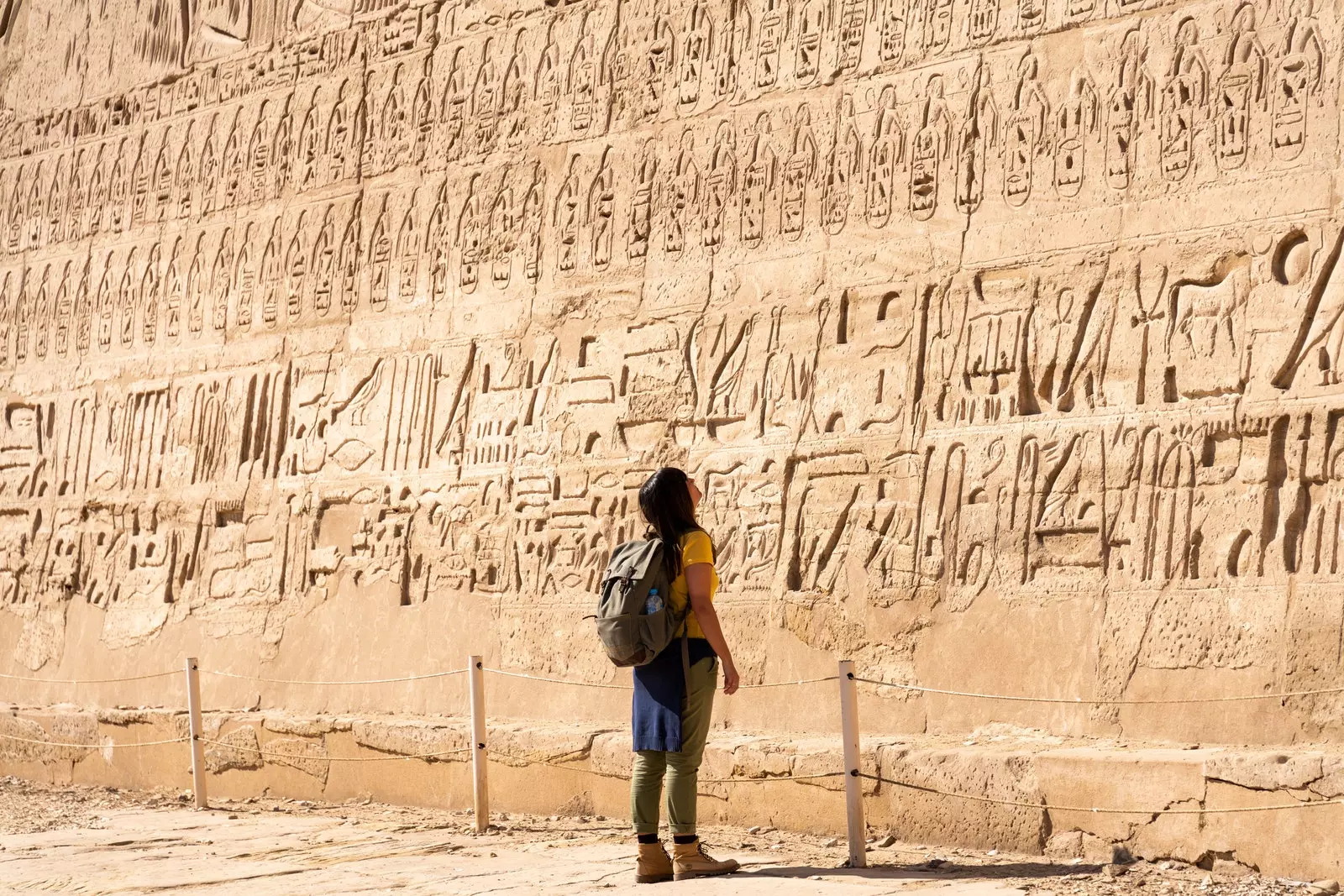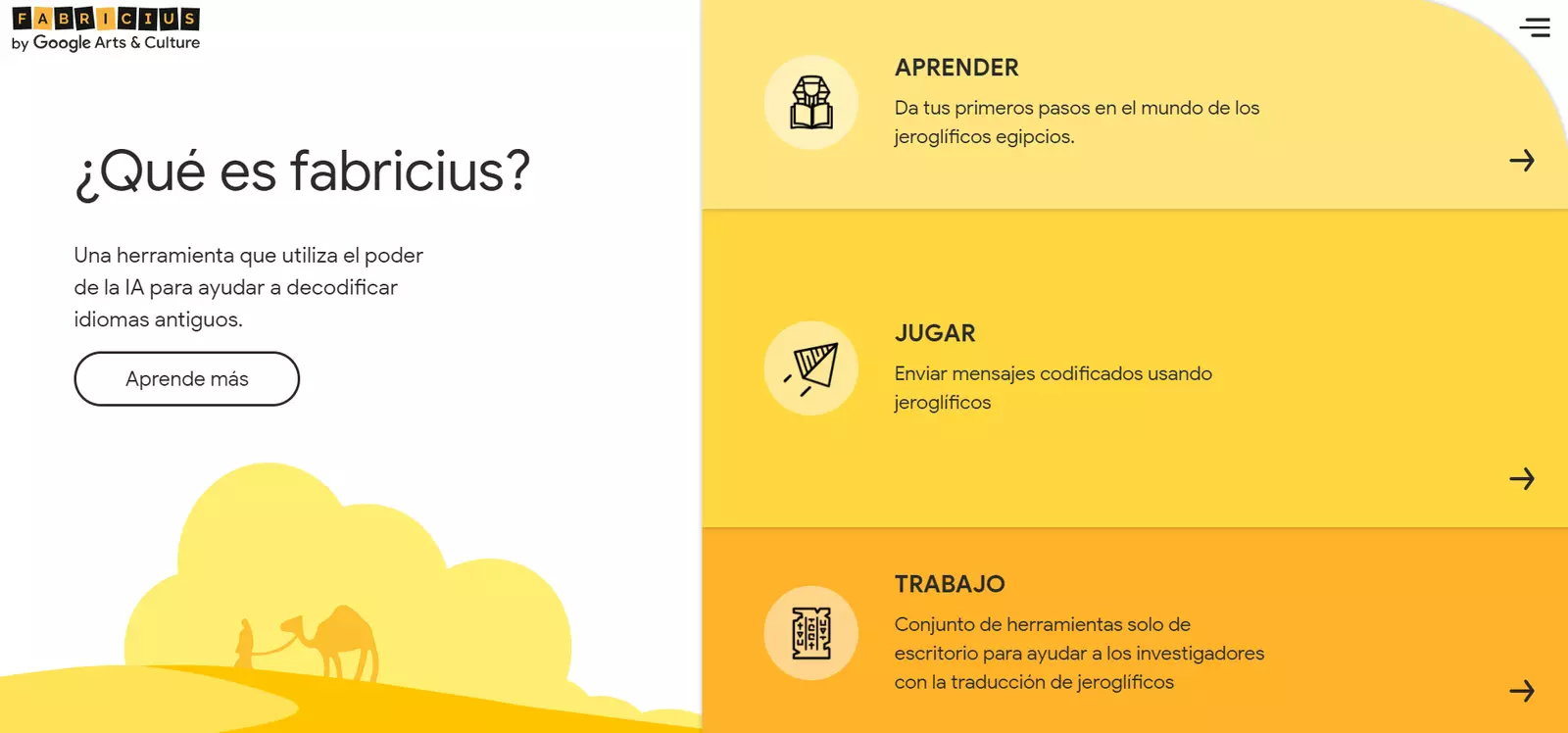
Would you like to decipher ancient Egyptian hieroglyphs? Google already has the perfect app.
While we await the opening of the Grand Egyptian Museum, we can prepare for the trip with a new and historic application designed by** Google Arts & Culture**. This is Fabricius, ** a tool that allows decoding the meaning of up to 1,000 ancient Egyptian hieroglyphs through artificial intelligence. **
"This experiment explores the potential of using machine learning to increase efficiency in the translation of ancient languages and open new avenues for academic research," they point out from the app. In other words, as Google points out, this tool is useful both for people who start from scratch and want to learn and have fun, as well as for experts in the field.
Fabricius was launched on the anniversary of the discovery of the Rosetta Stone , whose message cracked the mysterious code of ancient Egyptian hieroglyphics to modern readers. Hieroglyphs were used in Egypt from about 3200 BC. C. until 400 AD. C, and they are considered one of the first writing systems in the world.
In this sense, Fabricius started with The Hieroglyphics Initiative , a Ubisoft research project launched by the British Museum in September 2017 to coincide with the release of Assassin's Creed Origins , a video game specialized in ancient Egypt. All this work sought to automatically collect and understand the language used by the pharaohs.
Thanks to this project, the researchers were able to create three phases of translation : the extraction of hieroglyphic sequences, the classification, which served to correctly identify more than 1,000 hieroglyphs, and the translation, which tried to match sequences and blocks of text with available dictionaries and published translations.
But, how does Fabricius work? It is quite simple and educational, you can use it to learn and play, or as a work tool if you dedicate yourself to it. If you choose the first options you will be able to decipher words, messages, ideograms, which represent ideas or concepts, and even phonograms, which symbolize sounds.

So is Fabricius.
If, on the other hand, you choose the third option because you want to investigate, you should know that Fabricius is trained to recognize pictograms , so it helps to reduce the time in translations.
This version, exclusive in desktop version , allows users to upload photos of hieroglyphics seen in Egypt or in museums around the world so that they can be digitally enhanced, enlarged and compared with existing symbols in the hieroglyphics database.
The passage of time and weather conditions have disfigured some of these ancient symbols still visible on monuments in Egypt, making them even more difficult for untrained eyes to read.**
These very fast translations help not only to know their meaning but also to discover new lines of historical research. **
